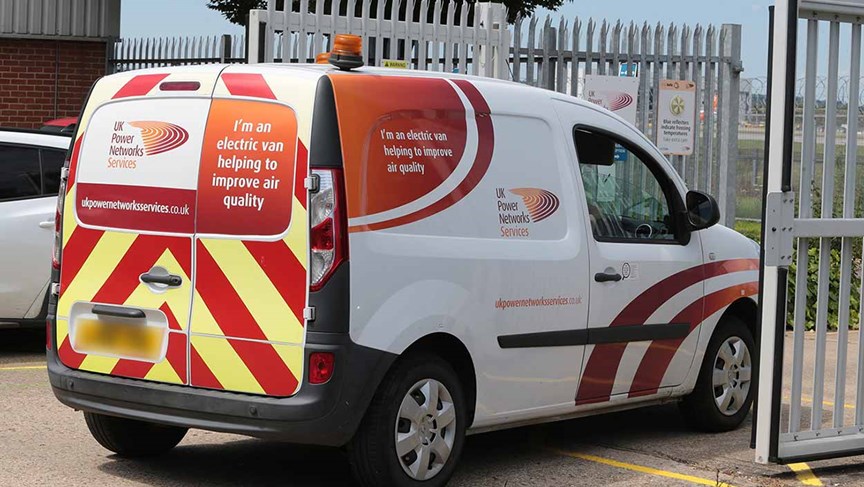Insight
Leveraging asset stewardship for long term benefits

For those who drive or are clued in to the rules of driving in the UK, the Ministry of Transport (MOT) test will not be unfamiliar. Failing to do an MOT can lead to a fine and likely compromise your insurance cover as well.
There are good reasons for doing your MOT regularly – it is compulsory, it gives you an overview of the health of your vehicle and whether there might be issues that need fixing, and most importantly it gives you peace of mind that you are driving a vehicle that is in safe working order.
If you were to think of your energy network in these terms, what implications might this have on how you think about the state of your assets, how often you should maintain it and whether it has the capacity and capability to support your goals and future direction?
What is asset stewardship and what are its benefits?
Asset Stewardship is a coherent approach to understanding, managing and optimising your energy assets for your current and future needs. It involves a systematic and coordinated set of activities and practices that aim to deliver the following benefits:
-
Increased efficiency and performance of assets
-
Compliance with health, safety and environment regulations
-
Reduced carbon footprint
-
Reduced reactive maintenance costs
-
Extended and optimised asset lifecycles and reduced whole lifecycle costs
-
Availability of data to fully support asset management decisions
All of the above lead to the overall goal of ensuring energy resilience and reliability whilst allowing you to achieve your sustainability goals.
What happens when you don’t have an asset management plan?
Without an asset management plan in place, you may find yourself working on a reactive basis – repairing and replacing assets only when they break down. This can lead to costly, unexpected expenditure that you may not be prepared for. In addition, asset failure might lead to loss of power and reputational issues especially if the situation causes disruptions to your customers, events or business operations.
Imagine hosting a high-profile sporting event and the lights go off in the middle of an exciting match due to an ageing asset that went undetected because of a lack of attention paid to the venue’s energy systems. What impact might this have on the integrity of the game, the venue, the organisers, the players, the sponsors, the audience, your reputation and revenue?
In the case of an environment with high energy resilience needs, as in an airport, a one-second power interruption can affect an airport’s operations for hours, if not days.
What does asset management entail?
Our engineers assess the condition and age of your assets as a whole and create a masterplan to synchronise the maintenance and replacement of assets over a period of time.
Depending on the type of equipment, the age and condition of the asset, as well as the needs of the clients, we will vary the frequency and depth of the maintenance activities undertaken and determine what the best intervals of service and maintenance is. In our experience, we have found equipment maintained at set intervals that were either too often or not often enough and without any data or historical records to justify the approach. This results in the equipment being either over maintained or under maintained – this could wear healthy assets down, allow problematic assets to go unnoticed or worsen, and run up overall costs in the long run.
Asset management often requires specialist skills and in-depth knowledge. It may not make commercial and practical sense to build an in-house team of experts and hire specialised talent especially if energy is not the client’s core business as this can be a costly endeavour and one without the benefit of economies of scale. This is one of the key reasons why companies outsource the job to energy experts like us. This allows you to focus your energy on your business goals and priorities.
Why choose us?
Our unparalleled experience across sectors and large-scale energy projects gives us a unique advantage and deep expertise to look at and address energy problems and unlock energy opportunities. We offer complete end-to-end solutions from design and build, to operations and maintenance, consulting and capital financing. This means you can shift your focus and energy back to your business from the day we take over the management of your energy network and assets.
Leave it to the energy experts and focus your energy where it matters.




